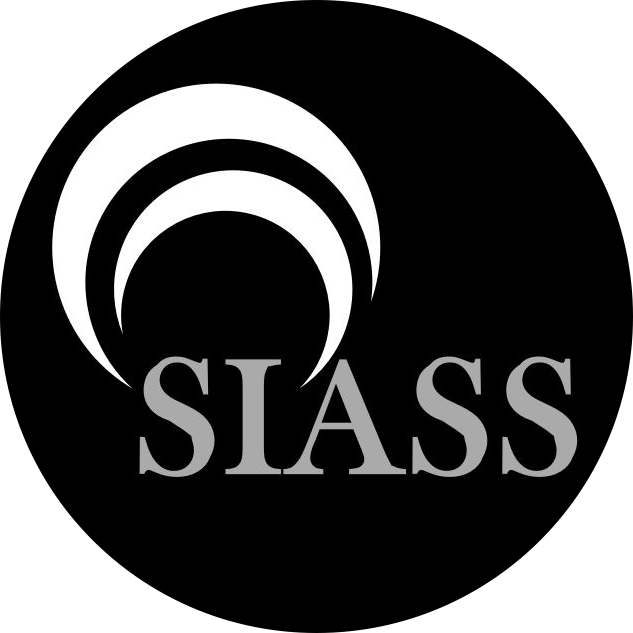Understanding Technical Surveillance
- SIASS

- Aug 29
- 3 min read
Understanding Technical Surveillance: Methods, Implications, and When It’s Appropriate
In an era defined by rapid technological advances, the ability to monitor individuals or environments through electronic means plays a significant role in investigations and security operations. Technical surveillance encompasses a broad suite of tools and tactics—ranging from concealed recording devices to digital tracking systems—designed to collect information discreetly and, when done lawfully, effectively.

What Falls Under Technical Surveillance?
At its core, technical surveillance refers to the use of electronic tools to observe, record, or track people or places without their overt awareness. Common techniques include:
Concealed audio and video recorders: These are often cleverly disguised to look like everyday items—a pen, outlet, or button, for instance—allowing investigators to capture conversations or footage covertly.
Signal detection and spectrum analysis: Instead of physical devices, this method intercepts or monitors radio frequencies, wireless signals, or surveillance device emissions to identify hidden communications or data transmissions.
Network infiltration: Gaining unauthorised access to a target’s digital environment—such as a computer, smartphone, or network—can allow the installation of monitoring tools like keyloggers, trojans, or screen-capture software
Location tracking: GPS devices or mobile network tracking can provide live or historical data on an individual’s movements. These trackers may be physically attached to vehicles or transmitted via phone signals.
How Is It Typically Executed?
Technical surveillance can be deployed through two main approaches:
Physical device placement—hiding equipment in plain sight yet making it inconspicuous.
Electronic or network-based monitoring—leveraging existing systems or intercepting digital transmissions.
Additionally, some scenarios involve a blend of both, especially when discreet evidence gathering is critical
What Does Counter-Surveillance Involve?
Detecting and defending against technical surveillance is both complex and evolving. Organisations often employ Technical Surveillance Countermeasures (TSCM)—a structured process combining physical inspections, electronic detection, and network analysis to identify hidden devices or threats.
Key components of a TSCM sweep include:
Visual inspection: Searching premises for signs of tampering or unusual device placements.
RF and signal sweeps: Using specialised equipment to uncover transmitting or passive monitoring devices.
Network audits: Reviewing wireless, Bluetooth, mobile, and IoT devices for unauthorised activity or infiltration.
When Is Technical Surveillance Legitimate or Necessary?
The deployment of technical surveillance—though potentially invasive—is sometimes crucial and justifiable in specific contexts:
Law enforcement and public safety Surveillance may be essential to investigate serious offences (e.g. terrorism, organised crime), track missing persons, or gather admissible evidence through legal authorisation like court warrants.
National security and intelligence Government agencies may use technical surveillance to thwart espionage, monitor credible threats, or disrupt malicious activity—always under strict oversight frameworks.
Corporate protection Organisations facing risk of theft—whether of physical assets, data, or trade secrets—may find surveillance indispensable. Network breaches or ransomware threats can also be investigated via digital techniques.
Insurance investigations Insurers may deploy hidden cameras or tracking devices to verify fraudulent claims, such as suspected exaggeration of injuries or staged traffic accidents. In all cases, compliance with privacy laws and regulatory permissions is mandatory.
Personal private investigations Private investigators, following all guidance and legal requirements may undertake technical surveillance to assist their clients.
Legal and Ethical Boundaries in the UK
In the UK, the use of surveillance technologies is governed by robust legal frameworks:
The Investigatory Powers Act 2016 regulates the interception of communications, equipment interference (i.e. hacking), and bulk data retention—requiring judicial oversight for such uses.Wikipedia
The Surveillance Camera Code of Practice, introduced under the Protection of Freedoms Act 2012, sets standards for the use of CCTV in public and private sectors, enforcing transparency, necessity, and proportionality.Wikipedia
For sensitive or high-security spheres, organisations like the UK National Authority for Counter-Eavesdropping (UK NACE) develop protocols and train partners in technical security, helping protect against invasive surveillance.Wikipedia
Summary and Practical Guidance
Technical surveillance leverages electronics to discreetly monitor or collect intelligence across physical and digital realms.
It involves covert devices, network penetration, and signal monitoring—all tailored for stealth.
TSCM offers a defence mechanisms by detecting and mitigating covert surveillance threats.
Legal use hinges on context, necessity, and authorisation—especially in law enforcement, security, business, and insurance.
Compliance with UK laws such as the Investigatory Powers Act and adherence to ethical standards, especially in public-facing surveillance, is non-negotiable.




Comments